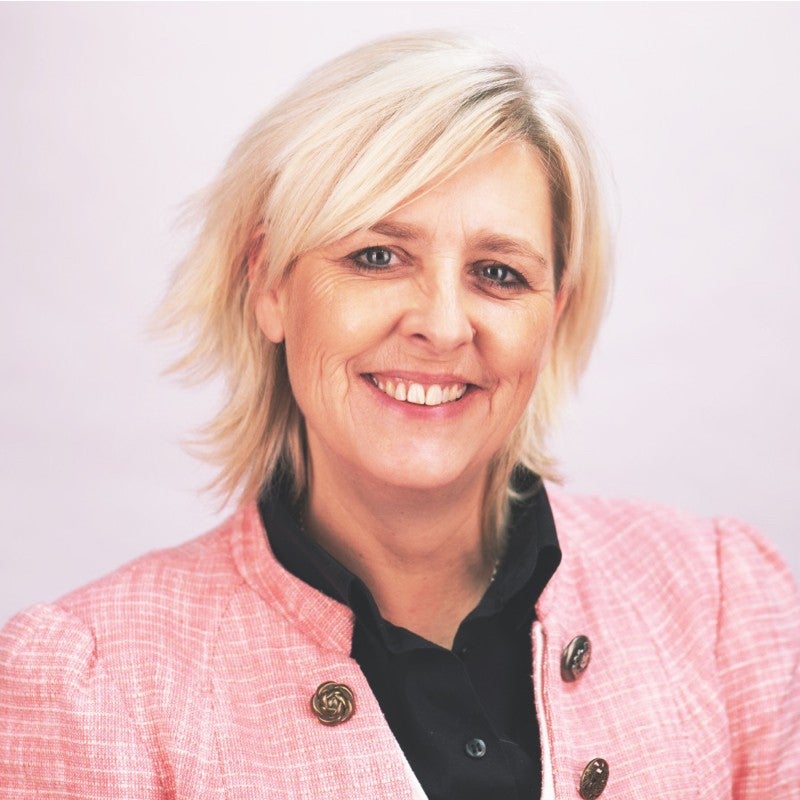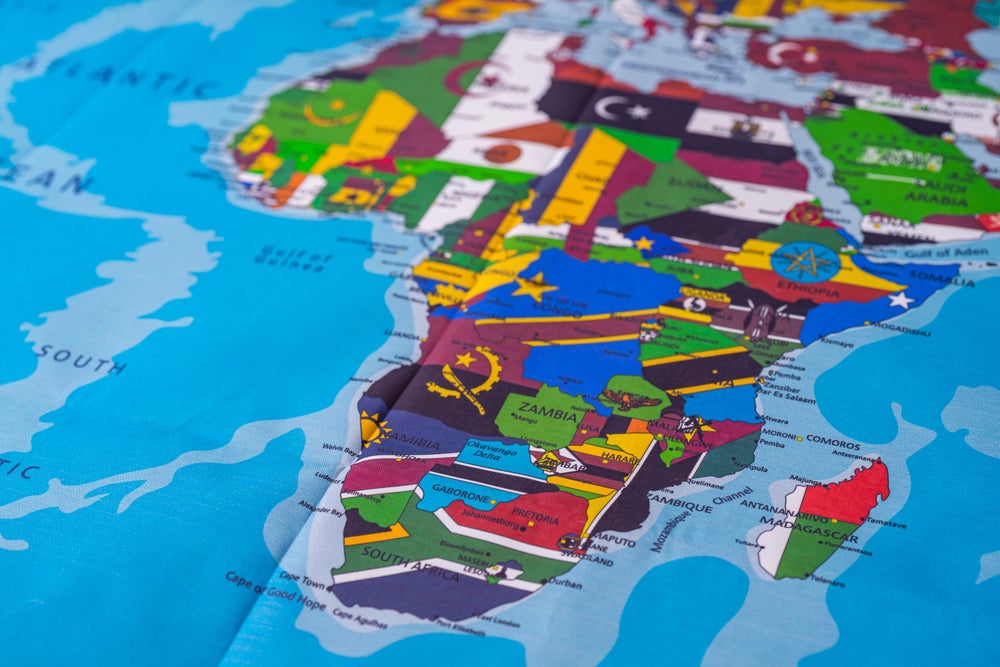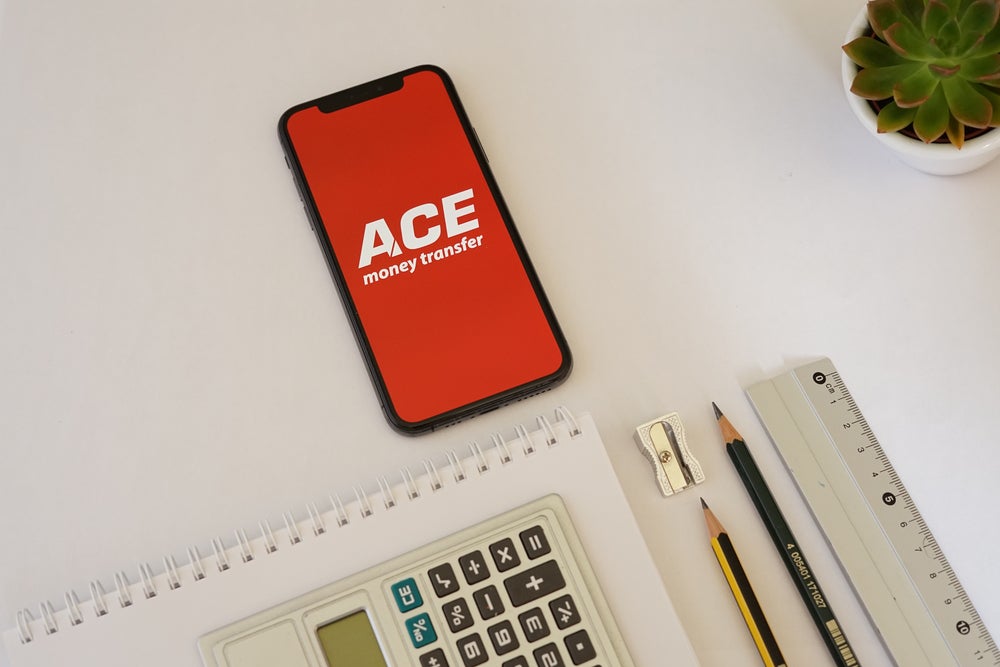Remittances are one of the main forces driving financial inclusion in Africa, with more than 200 million people across the continent benefitting from receiving remittances. In the last decade, inflows have doubled, with positive results for both citizens and businesses.
In 2020, Africa had a mobile money transaction value of $495bn, almost two-thirds of the global value of $767bn, according to the GSMA, highlighting the fact that the continent’s banking future is secured by monetary digitisation.
To see the positive effects of this digitisation, we can look to Nigeria, which is among the top 10 remittance recipients globally ($19.3bn in 2022). Africa’s most heavily populated country, with the largest economy, is home to five of the seven known unicorns originating in the country. And since the introduction of the Central Bank’s 2012 cashless policy, electronic payments here have skyrocketed.
In 2016, Nigerians completed 154.5 million digital payments, representing an annual average of 12.9 million transactions per month. By the end of 2022, average monthly transfers stacked up to 427.8 million as payments volume exceeded 5.1 billion.
But it’s the money coming into Africa via remittances that will have the most far-reaching implications for the economic empowerment of the continent, enabling individuals and families to enhance their lives.
Propelling financial inclusion through remittances
Across Africa, banking penetration rates are still below 50%, so a key challenge and focus for banks, governments and tech solution providers is driving greater financial inclusion. Improving remittance flows are key to this.
How well do you really know your competitors?
Access the most comprehensive Company Profiles on the market, powered by GlobalData. Save hours of research. Gain competitive edge.

Thank you!
Your download email will arrive shortly
Not ready to buy yet? Download a free sample
We are confident about the unique quality of our Company Profiles. However, we want you to make the most beneficial decision for your business, so we offer a free sample that you can download by submitting the below form
By GlobalDataData reveals that Africa received $100bn in remittance values in 2022 alone, almost 6% of the continent’s GDP, something more than 200 million people across Africa benefit from. The last decade has seen remittance inflows double, improving the lives of recipients both directly and indirectly. Directly through increased household purchasing power and accessing formal financial services. Indirectly through increased revenues for remittance service providers and the businesses people buy from.
This ultimately means more tax revenues to fund infrastructure development projects, business creation and employment opportunities, and of course, greater financial inclusion.
But many African remittance providers are struggling to facilitate fast and cost-effective remittances due to high costs, FX conversion challenges and logistical hurdles. This is not only prohibiting financial inclusion for underserved or unbanked individuals, but the businesses that find themselves excluded from formal financial services.
What’s stemming remittance flows?
African migrant workers and students are wholly underserviced by mainstream banks, in part because international remittances are expensive and slow compared to other forms of payments. Traditionally, the main option for migrant workers and students has been money transfer networks like Western Union or the post office, but these transfers are often slow to be processed. In a continent where banking penetration rates are still below 50%, chances are the recipients in home countries need to be paid via non-banking payment rails.
This means many remittances remain cash-based and therefore more prone to fast-changing FX conversion rates eating into remittance balances and provider profitability. Remittances to Africa cost an average of 8.6% compared to the global average of 6.3%. Remittance companies in Africa need access to services with the best FX rates on the most commonly used currencies like USD, EUR or GBP in order to give the best value to their customers.
And because recipients can’t afford to be left waiting or be faced with delays in receiving funds, employing secure and proven technology is vital.
The remittance flow can be significantly improved with technologies that have the potential to help unbanked individuals and businesses access the formal financial services they need to succeed.
Making remittances flow faster with new tech
Since 1990, the number of people who need to make low value cross-border remittances globally has grown rapidly. Today, there are more migrant workers than ever before, plus global nomads and international students, including more than 11 million African migrant workers and students in the EU. It’s therefore vital that they have a safe, secure and fast way of sending money back home.
On the other side of those institutions are families who depend on those services. Employing secure and proven technology is of paramount importance, as is the knowledge that when funds are sent, they will appear in the recipient’s account in as little as a few minutes.
It’s imperative that African remittance companies and fintechs seek partners with solutions capable of overcoming the challenges associated with sending cross-border payments, and with exceptional regulatory expertise.
Such partnerships are crucial for mobilising technological innovations and driving financial inclusion on an individual and wider level. Reduced transaction costs and faster, more secure remittance flows mean increased prosperity for all.

Claire Huddleston is sales and marketing director, Clear Junction







